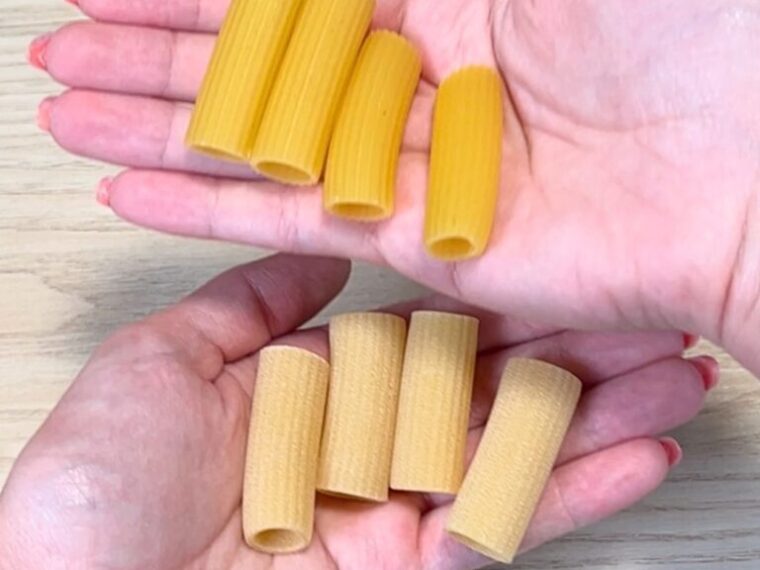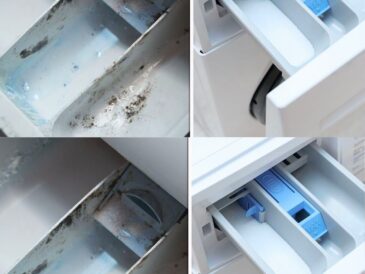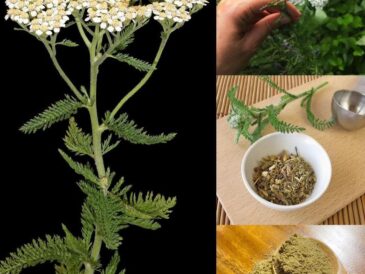In general, here are some points that can explain the color variations in pasta:
Type of wheat: Different grains have carotenoid and pigment contents that can affect the final color of the pasta.
Milling process: The milling of the flour (fine or coarse) can alter the color. Whole grain flours tend to be darker.
Moisture: The moisture present in the flour at the time of production can affect the color and texture of the pasta.
Storage Conditions: Pasta exposed to light and heat can alter its color over time.
In summary, furosine can be a factor, but there are multiple variables that contribute to the color of raw pasta.
Pages: 1 2




